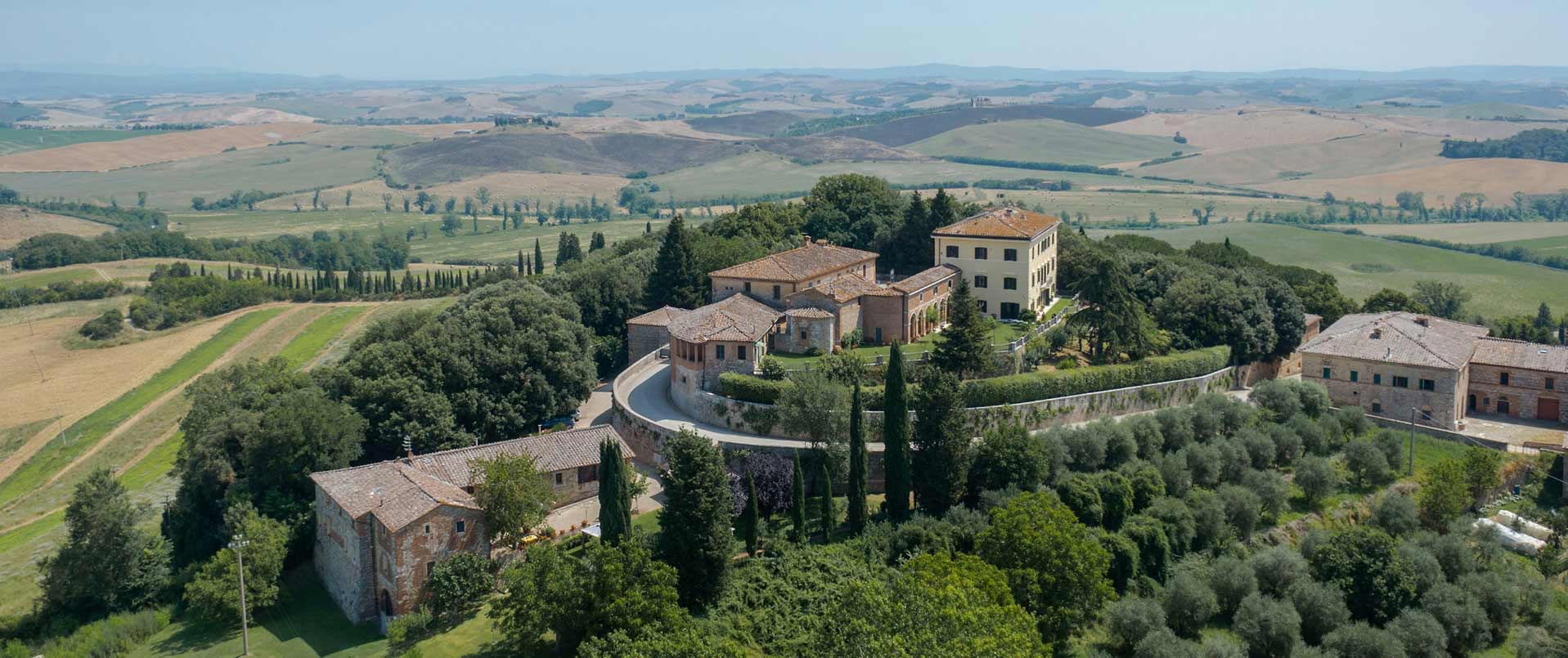
This is a downhill journey to discover the private historic residences of Lombardy, following the main rivers: Adda, Serio, Ticino, Po and Mincio, from north to south. Changing landscapes reflected against the water’s surface are united by centuries of aristocratic history, from one end of the region to the other.
DAY I: Sondrio
Visit of Tirano, a small town in the heart of the Alps, rich in history thanks to its strategic position and its role as a commercial and religious crossroads.
Visit to Palazzo Salis, a 16th century residence of the Sertoli Salis Counts. An internal museum and beautiful Italian garden can be visited.
Excursion on the Bernina Red Train, a UNESCO World Heritage Site, connecting Tirano to St. Moritz.
DAY II: Lake Lecco
Arrival to Varenna, check-in at the hotel and panoramic walk through this small lake town who was originally a fishing village and now a treasure trove of artistic jewels on the lake shore. Visit to the beautiful Botanical Garden of Villa Monastero.
Ferry trip to Bellagio, walk through the famous town who’s colourful buildings are reflected between the lake water and the mountains. Lunch by the lake.
Afternoon visit to the wonderful English-style gardens of Villa Melzi d’Eril, a place of inspiration for writers, artists and poets thanks to its botanical equilibrium.
DAY III: Brianza
Arrival to Robbiate and visit of Palazzo Bassi Brugnatelli, a 17th century mansion peculiar for its both neoclassical and baroque features. The complex consists of a residential villa with a private chapel and a large garden.
A pleasant walk along the Adda River with outdoor lunch near “Traghetto Leonardesco”. Leonardo da Vinci studied the course of the Adda river while working for Ludovico il Moro and designed the ferry (identical to the current one) during his stay in Vaprio d’Adda with Count Girolamo Melzi between 1506 and 1507.
Transfer to the province of Bergamo
Visit to the Lurano Castle, owned by the Secco Suardo family. The castle is home to an important library and study centre with the National Historical Archive of Italian Restorers.
Transfer to Crema, dinner and an evening walk through the lively historical centre on the banks of the river Serio. Crema, formerly under the Milanese rule in the 15th century passed under the dominion of the Venetian Republic, serving as an important outpost on the western border.
DAY IV: Crema and Pavia’s countryside
Visit to the cathedral and the Renaissance Piazza Duomo.
Guided visit to Palazzo Zurla De Poli, a treasure trove of Lombard Renaissance architecture, with the main hall and the stately rooms on the piano nobile frescoed by the main masters of the area, including Aurelio Buso and Giovan Battista Castello, known as “il Bergamasco”. Lunch in the courtyard.
Visit to Palazzo Terni De Gregorj, a magnificent example of the new local aristocracy’s power at the time of Venetian rule, originally built in 1698 and curiously unfinished compared to the original project, it features an elegant curtain wall topped by statues.
Transfer to Pavia’s countryside, on the banks of the Po River
Visit to the Castle of Chignolo Po, the “Lombard Versailles” guarding the Via Francigena. The castle has a millenary history: from the Longobard tower, to the theatre of the Uccellerie (mid 18th century aviary built in the forms of a small pavilion), to the court of the arts and crafts to the medieval armoury and the Empire-style hall. DAY V: Pavia’s countryside
Visit to the magnificent Certosa di Pavia: a monumental combination of styles, marbles, paintings and decorations that Gian Galeazzo Visconti had built near Pavia in 1396, calling upon the most famous architects and artists of the time.
Lunch in the agrestic setting of the 18th century Villa Botta Adorno.
Transfer to the Oltrepo pavese.
Visit and wine tasting at Tenuta Rocca De Giorgi, founded by Count Augusto Giorgi di Vistarino, who had the intuition to import from France the noble Pinot Noir vine to his vineyard.
Transfer to Cremona
DAY VI: Cremona
A historical walk through the city centre, between Piazza Duomo, the Il Torrazzo Bell Tower (the highest medieval brick bell tower in Europe), the workshops of the lute-makers and the master confectioners of the famous torrone (nougat).
Visit to the Violin Museum and the beautiful Ala Ponzone Museum Picture Gallery in the rooms of the 16th century Palazzo Affaitati.
Transfer to Persico Dosimo for a visit to Villa Calciati Crotti, an 18th century hunting lodge immersed in the soft lights of the Cremona countryside. The Villa was commissioned by the noble Gerenzani family, in 1680 to a design of the Cremonese architect Natali.
DAY VII: Mantua
At the discovery of the Gonzaga’s city: bathed by the Mincio river and the Renaissance architecture of buildings such as the Palazzo Ducale and Palazzo Te.
Visit to Palazzo Ducale, an imposing building which houses the famous Camera degli Sposi (“bridal chamber”), embellished with frescoes by Andrea Mantegna.
Visit to Palazzo Te, known for the Sala dei Giganti (“giant’s chamber”), in which every portion of the surface is covered with frescoes depicting mythological scenes.
Itinerary referent:
Matilde Depoli info@palazzozurla-depoli.it T. 3398086059